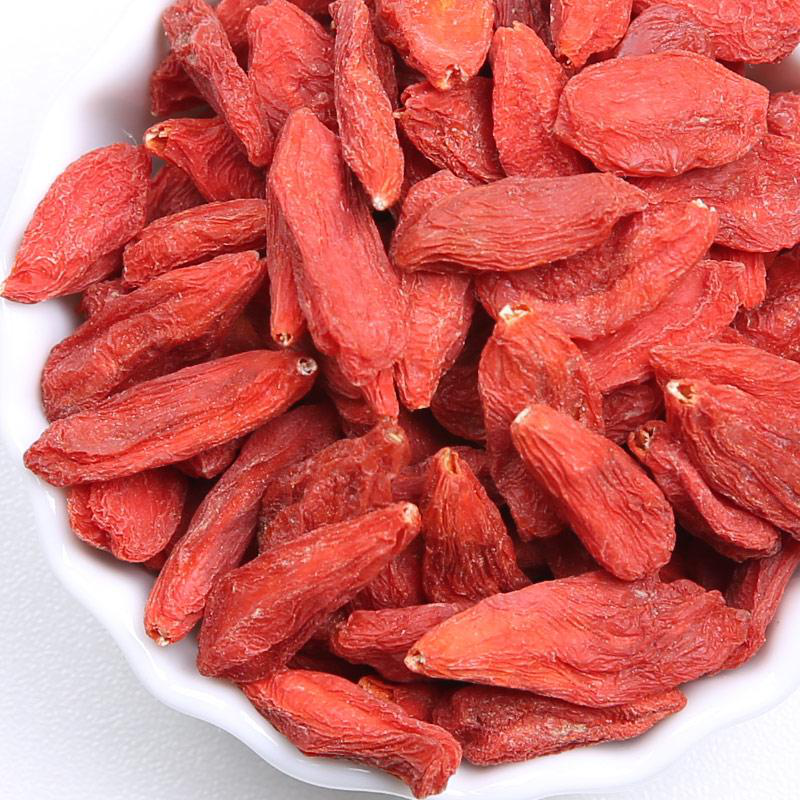(1) Lily storage method Storage lily generally adopts cellar (pit) sand trapping method, and can also use basket (box) indoor storage method. The specific methods are: 1. Harvested. When the lily plant withered and the underground bulb matured, it was selected for excavation on a sunny day. At this time, the harvested bulb yield was high, the quality was good, and it was resistant to storage. Then the above-ground parts and fibrous roots and seed roots were removed. 2. Pre-cooling. The bulbs are evenly distributed in a cool and ventilated room to dissipate heat for 2 to 3 days. The height of the stack is 2 to 3 pounds per cup, and the heat dissipation time is not too long to prevent the discoloration of the scales. 3. Choose the fruit. Select spherical bulbs, fresh color white, scales hypertrophy, no fibrous roots, loose loose flaps and brown petals lily ball storage; 4. disinfection. Storage containers such as bamboo baskets and wooden boxes should be first sterilized with a 0.5% bleach solution, dried and then used. The required river sand requires clean and dry, no dirt, wet sand must be dried before cooling. The cellar and storage room should be cleaned and sterilized with 0.3% formaldehyde and potassium permanganate or vinegar. 5. Storage. At the bottom of the cellar (pit) or basket (box), first lay a layer of river sand about 2 cm thick, then store it in the order of a layer of bulbs and a layer of river sand. The top and all sides are sealed with sand and sand. Lily is exposed in the air to reduce loss of nutrients. Lilies mounted in baskets (boxes) should be stored in the storage room for storage, protected from high temperature and humidity, and protected from rat damage. 6. an examination. Lily should be checked after storage temperature in the kiln (room), control the storage temperature is maintained at 8? D18 ?. Every 15 days in the pit (room) with potassium permanganate and other drugs fumigation, serious disinfection and sterilization. Generally, the lily is spotted once every 20 to 30 days, and a small pile is first turned. If no abnormal phenomenon is found, it is still covered with sand. If there are problems such as mildew and rottenness, continue inspection and timely removal, such as sand and wet Should change. (b) Lily Dry Processing Technology 1. Stripping. Cut the bulbs off the fibrous roots, peel the scales from the outside to the inside by hand, or cut a knife at the base of the bulb to separate the scales. The outer scales, the middle scales and the chips are placed separately, and then poured into clean water, washed, picked up and drained for use. If mixed together, due to uneven scales, difficult to grasp the bubble time, affect the quality. Bulbs of different species cannot be confused when stripped. 2. Bubble tablets. Wash the iron pan, add about 2/3 of the pot capacity of water, heat and boil, and then classify the pot scales, the number of scales into the water is not exposed, is easy to flip. When the tablets are fired, they should be evenly fired, and use a ladle to move up and down 11D2 and cover with boiling. The outer layer of scales was boiled for 5 to 7 minutes and the inner scales were about 2 to 3 minutes. Observe the change of the scales color. When the scales are soft and change from white to beige, and then turn into white, quickly pick up and put in clean water to cool and rinse to remove mucus. Drain and drain. Each pot of boiling water can be continuous tablet 2? D3 times, such as boiling water turbidity, should change the water and then soak, so as not to affect the lily color. 3. Tablets. The rinsing scales were spread evenly on the booths, placed in the sun to dry for 2 days, and when the scales reached 60% dry, they were sun-turned (otherwise, the scales were easily rotted) until they were completely dry. In case of rainy days, it should be put in indoor ventilated place, avoid accumulation, to prevent mildew, it can also be dried by baking. Lily stems, which require a longer shelf life, should be smoke-smoked when they are half dry. 4. package. Dried lilies were first graded, and the scales were white, full, large, and fat. Then, they are packed in food plastic bags and then placed in cartons or fiber bags, placed in a cool, dry room, protected from insects, and protected from rodents.
Low Pesticide Goji Berry, also called EU standard Goji Berry. Ningxia goji berry enjoys a great fame around the global due to its high quality standard; meanwhile, it is the only protected product of geographical identity in China, goji berry has a great popularity describes as "goji berry of the world is in China, goji berry of China is in Ningxia and Ningxia's goji berry is the best".
1.Type Genus: Multi-branched deciduous shrub of Solanaceae Lycium
2.Another name: wolfberry, red berry, red pendant, blood berry, eye-brighten berry, Tzi-fruit, hoof berry, milk berry, immortality grass, sky-essence grass, wolfberry
3.Biology Character: illumination preferable, saline-alkali tolerance, fertilizer tolerance, drought-resistant, water stain should be sustained.
4.Medicinal Parts: goji berry/ goji berry leaves, goji berry roots. 
Low Pesticide Goji Berry
Low Pesticide Goji Berry,Low Pesticide Goji,Low Pesticide Residue Wolfberry,Low Pesticide Dried Goji Berry
Ningxia Bairuiyuan International Trading Co.,Ltd , http://www.cngoji.com
